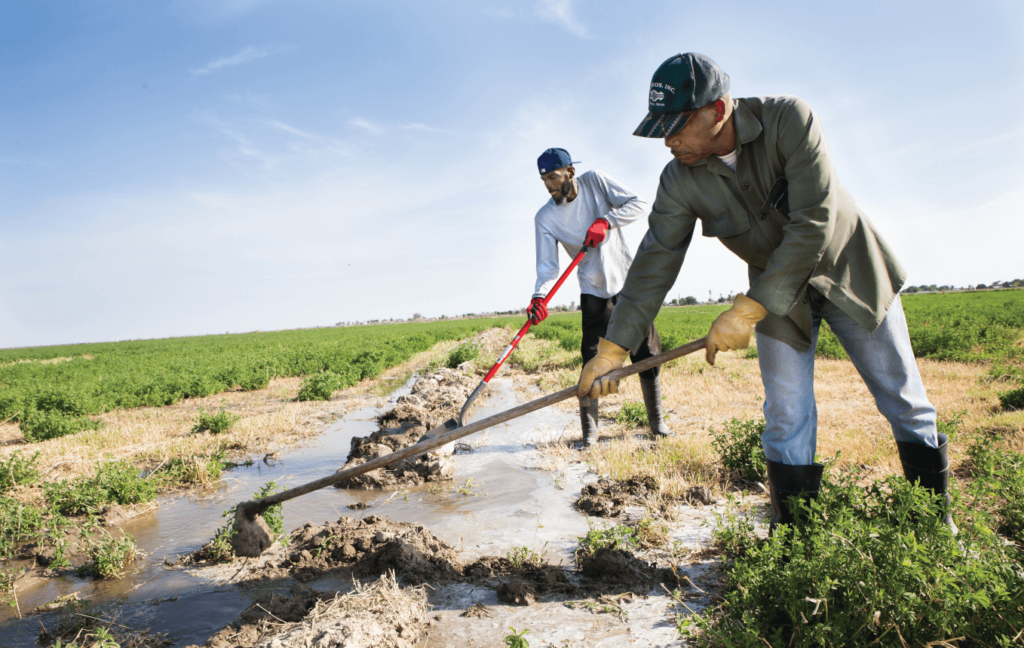
As part of her series “Dreams of Dust,” Sarah Craig has spent two years photographing several communities in the Central Valley of California, hoping to learn more about issues related to climate, migration, and an increasingly imperiled water supply. She speaks here about her most recent work, focusing on the Morrison family, whose members advocate for safe drinking water in the small town of Allensworth, where naturally occurring arsenic in the water is just one problem for the community.
Allensworth was founded as an African-American utopia in 1908, and it flourished for almost a decade until a series of events altered the town. Colonel Allensworth—who was the African-American founder—was murdered, and at the same time the town lost its railroad stop, deterring local commerce. There was also a drought in 1914, and white farmers moved close by and diverted water from the well used by the rest of the community. Allensworth’s water supply used to depend on big artesian wells, and water would just bubble up out of the earth. But then the groundwater level dropped, and residents had to drill for water. Most of them were too poor to drill. They had to move away. By the 1920s, most of the population had moved out. Today, the town is predominantly Hispanic because migrant farmers began to move into the area during the 1960s, but some African-American families still have connections to the original settlers and founders of Allensworth.
I’m following three siblings from the Morrison family. Their mother, Nettie, moved to Allens-worth in the 1970s, inspired by the colonel’s dream to give African Americans their own land to farm. She discovered in the 1980s that there was arsenic in the water, so she started the water board in Allensworth, which turned into the only governing body in this community. She recently passed away, but her children are continuing her legacy. (Her son Denis Hutson and his nephew Nathaniel Canady Jr. are shown below.) They’re all still trying to get the arsenic out of the water. They’ve identified a water source that doesn’t contain arsenic, but that well site is home to endangered lizards, so they’re trying to get an exemption from the government to drill. The other problem is that the well’s water is close to the surface. If there’s another drought, they’ll have to drill deeper and will reach water that has more arsenic in it. Allensworth can’t afford their own water treatment plant. This is their only option.

